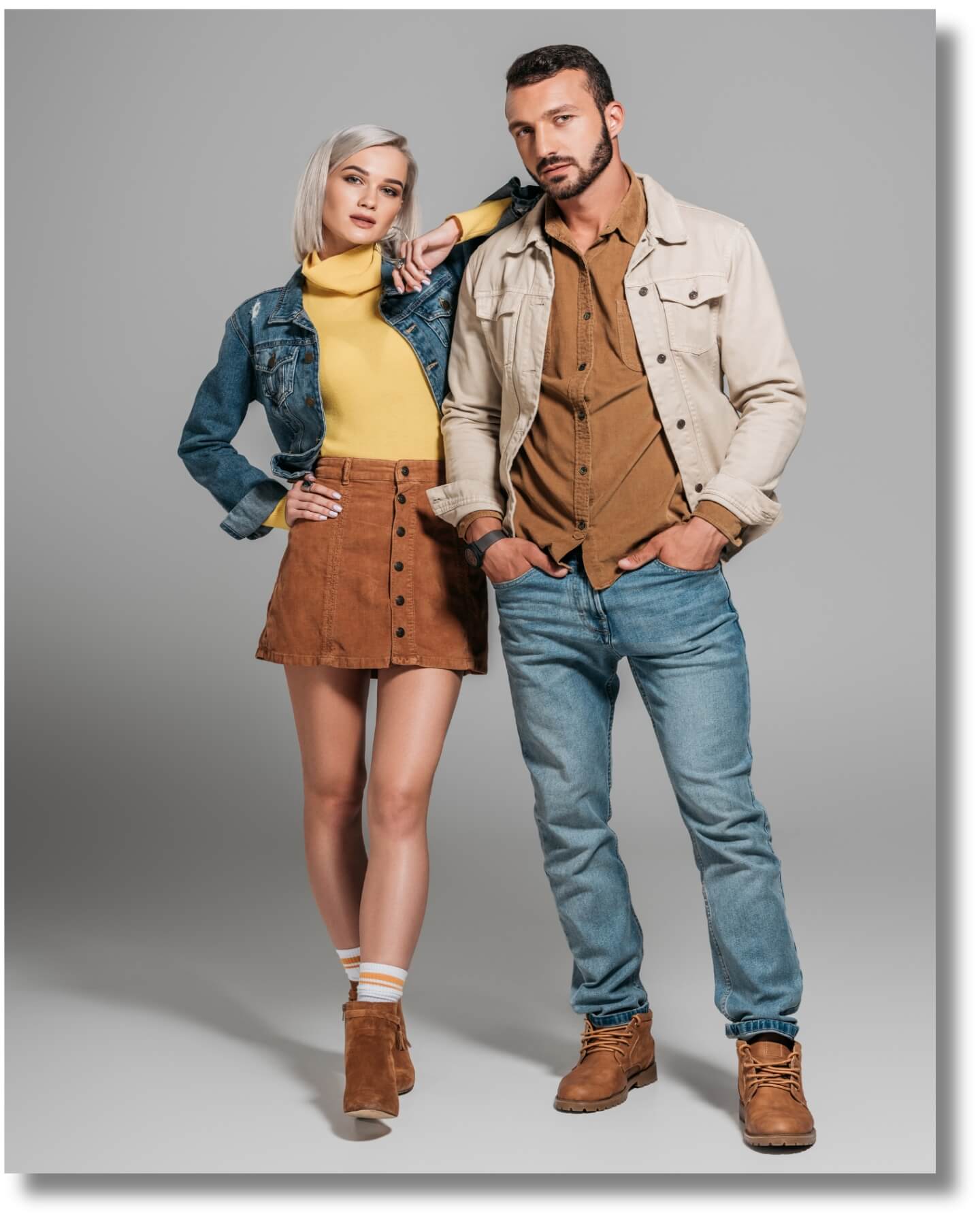




Activewear has always been about comfort and function. Developers of activewear continuously strive towards developing both – enabling athletes to move freely while providing tech-driven solutions to sporting problems. This has led to new improvements that are upending the ways in which we design and wear clothes for sports.
For instance, more and more fitness enthusiasts are recognizing the fact that our wrists aren’t the best place on the body for trackers. It may be the ideal place to wear a watch, but Valencell CEO Steven LeBoeuf suggests it’s one of the worst locations for a fitness sensor or tracker. This is because we use our hands to do many other things apart from sports, constantly messing up the accuracy of the readings. If the aim is to design accurate and wearable sensors, then the technology needs to be incorporated directly into the clothes we wear to workout.
Tracking vital signs accurately is part and parcel of athletic development. The more accurately you can track these performance metrics, the better you can design an efficient and effective fitness program. Researchers from the University of British Columbia are looking to incorporate infrared into their athletic clothing to monitor their athletes’ vitals and measure how fast they’re burning energy. This can give team coaches extra insights into how to formulate their tactics and strategies. If made public, self-taught fitness enthusiasts can also use it to monitor their own vitals and be more aware of their own limits.
It’s always good to have a coach. They help you improve the efficiency of your exercises, provide practical tips, and motivate you to push your limits. However, coaches can’t be with you 24/7. What happens when there’s no one to correct your form? That’s when assistive coaching comes in. Wearable X is a collection of smart yoga apparel that can identify various yoga poses and provide its wearers with real-time feedback through gentle vibrations. With the help of Wearable X and other similar technologies, people will eventually be able to correct their own form with little to no external help.
Any fitness enthusiast knows that while exercise is good for your body, recovery is just as important. However, not everyone – especially professional athletes – can afford to take too many days off. Sportswear has evolved to cater to this need. Italy’s shirts for the 2014 soccer World Cup were equipped with a tape that “micro-massaged” its players’ muscles to speed up their recovery from physical exertion. Meanwhile, Australian retailer Spiritus has recently released an activewear line using fabrics that are embedded with infrared technology to help promote blood circulation and cell regeneration.
Reactive fabrics are exactly what they sound like: materials that react based on surrounding temperatures and circumstances. As we’ve previously discussed on Alanic, the next big thing in the activewear market is something called “thermo-regulated clothing” – clothes designed to keep your body warm while performing in extreme cold. There have also been great advances in the production of “resistant fibers” or flexible materials that have the ability to harden on impact. This way, people will be able to exercise minus the extra risks and discomforts of extreme conditions.
Considering its many applications in and out of the gym, activewear has always been a profitable market. In fact, the sportswear market in the United States is now worth around $120 billion, a 6% growth from the previous year. As smart technologies continue to be incorporated in the activewear of tomorrow, we can look forward to athleisure that’s not only comfortable, but also intelligently caters to athletes’ growing needs.